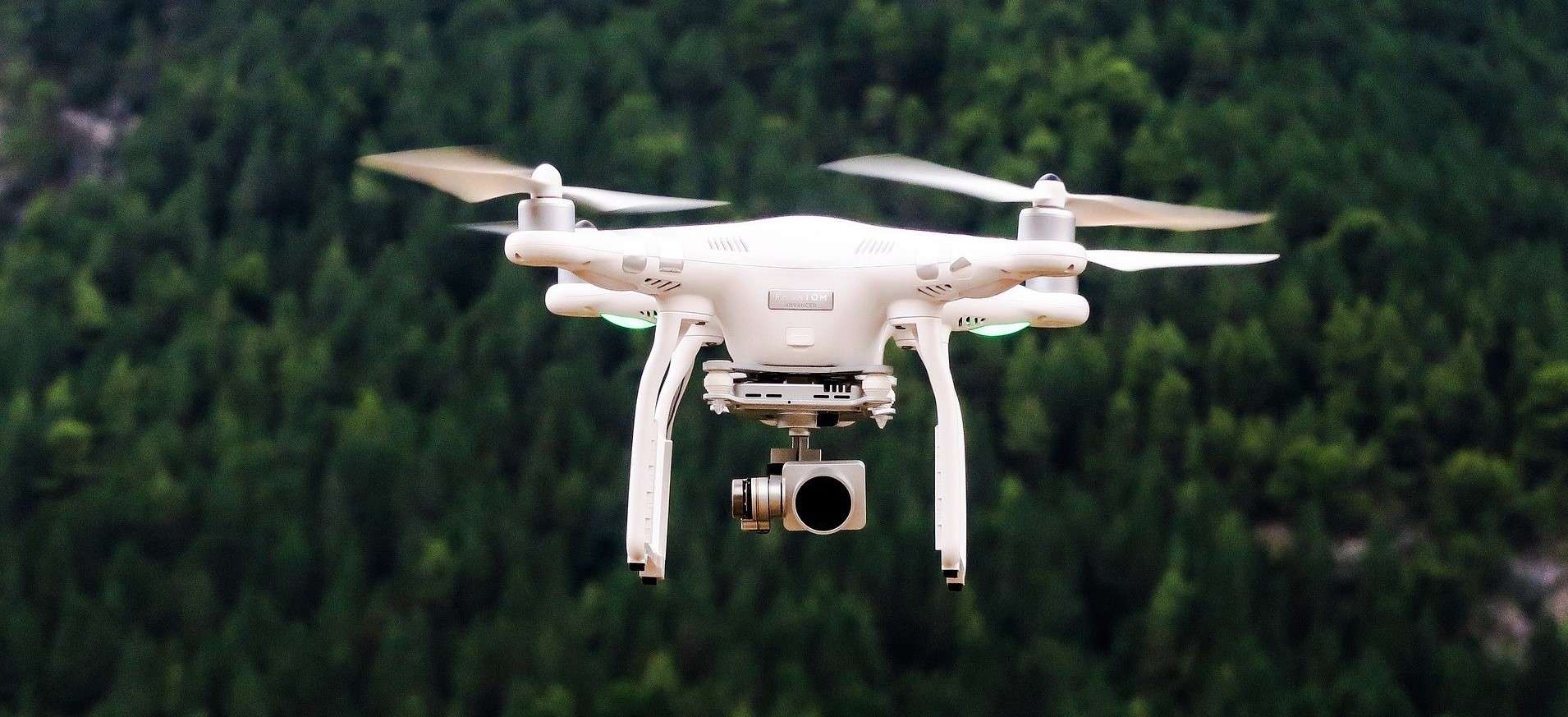
Commercial drones are a great way to get your business noticed. They can be used for many different purposes, including aerial photography, surveying, mapping, inspection, monitoring, etc. However, there is also the potential downside that comes with using commercial drones. Here’s what you need to know about them before making any decisions on whether or not they will work best in your situation:
Pros
1) Easy To Use
The first thing most people think about drone use is how easy it is to fly one. All you need is an app, a remote control device, and access to the internet. Once these things are set up, flying a drone is very simple. This makes it perfect if you want to start small but still see results quickly.
2) Low Cost
One of the biggest benefits of owning a drone is its low cost. There are several options available depending on which type of drone you choose. Even though the price tag seems high at first glance, once you factor in the amount of time you spend learning how to operate it, you might find yourself saving more than just a few hundred dollars over the long run.
3) No FAA Regulations
Another benefit of having a drone is that it doesn’t fall under federal regulations. That means no licenses, permits, or fees are required to purchase one. The same goes for registration requirements. As long as you keep your drone within the visual line-of-sight of the person operating it, you won’t need to register it with the government.
4) Flexible Uses
Drones come in various shapes and sizes. Some are designed specifically for specific uses such as surveillance; others are built for general purpose usage. Regardless of their intended use, they all share similar features.
5) more efficient and environmentally friendly
Drones offer businesses numerous advantages compared to traditional methods of transportation and communication. First of all, they are much faster than cars, planes, boats, trains, and trucks. Second, they are far more energy-efficient since they don’t rely on fossil fuels. Third, they emit zero emissions, so they aren’t contributing to global warming. Finally, they are quieter than conventional vehicles.
6) More Versatile
Another advantage drones provide companies is versatility. They can perform many different tasks, including aerial photography, videography, inspection, surveying, search & rescue missions, etc. Depending on what kind of product you sell, there will likely be a specific application where using a drone will help you achieve better results.
7) performing risky tasks
These drones perform tasks that would safety risks to humans, Such as inspecting dangerous structures, power lines, bridges, dams, oil rigs, wind turbines, pipelines, etc. Because of this, they allow us to get closer to places we wouldn’t usually be allowed near due to safety concerns.
Cons
While drones are great tools for business owners who wish to expand into new markets, they also pose risks.
1) Potential security issues
Although the manufacturers have proven these devices, some people still worry about them being hacked into. This could lead to sensitive information getting leaked and stolen. It also raises privacy concerns because who knows what someone else may do with the data collected?
2) Legal limitations
As mentioned earlier, commercial drones are exempt from most laws regarding flying an airplane.
3) Costly maintenance
Another disadvantage of owning a drone is its high cost of ownership. You’ll spend hundreds of dollars just maintaining it. For example, each battery needs replacing after around six months. Also, professional commercial drone services for regular inspections are necessary to ensure everything is working properly. These costs add up quickly over time.
4) Requires training
To fly a drone legally, one has to obtain special certification through FAA or other organizations. The process involves taking courses, passing tests, and paying fees. In addition, pilots need to undergo hours upon hours of practice before actually operating a drone.
5) Limited flight range
Most models only last between 15 minutes to 30 minutes per charge. That means you won’t be able to use it in remote areas without having access to charging stations. Because they lack human pilots, they cannot react to unexpected situations.
6) High risk of crashing
If something goes wrong while flying, such as losing control of the device, hitting obstacles, or running low on fuel, it can cause serious damage to both the aircraft itself and nearby property.
7) Unpredictable weather conditions
Flying during lousy weather isn’t recommended unless you’re sure it will not affect your mission; drones are very susceptible to bad weather. Rainy days, strong winds, snowstorms, lightning strikes, foggy skies, etc.
However, despite those drawbacks, drones are safer than ever before, thanks to technological advances. Today’s models are equipped with advanced sensors and autopilot systems to avoid obstacles during flights.




